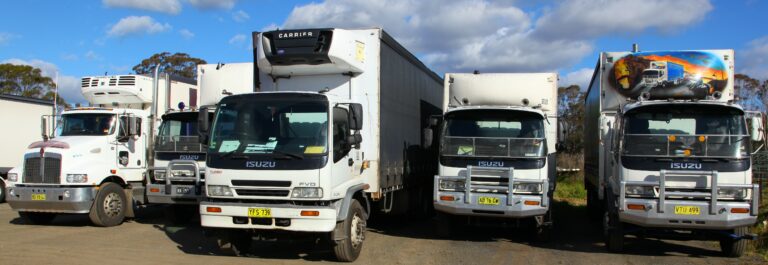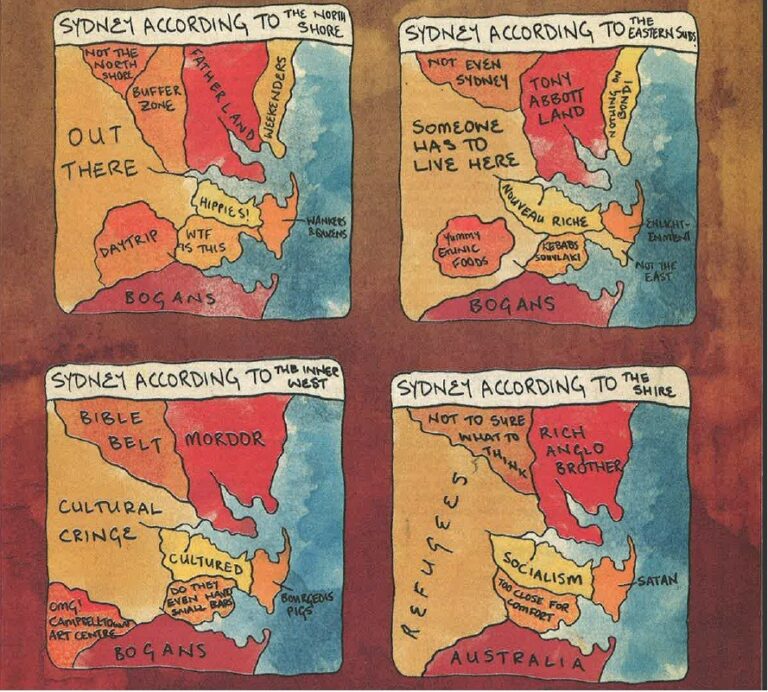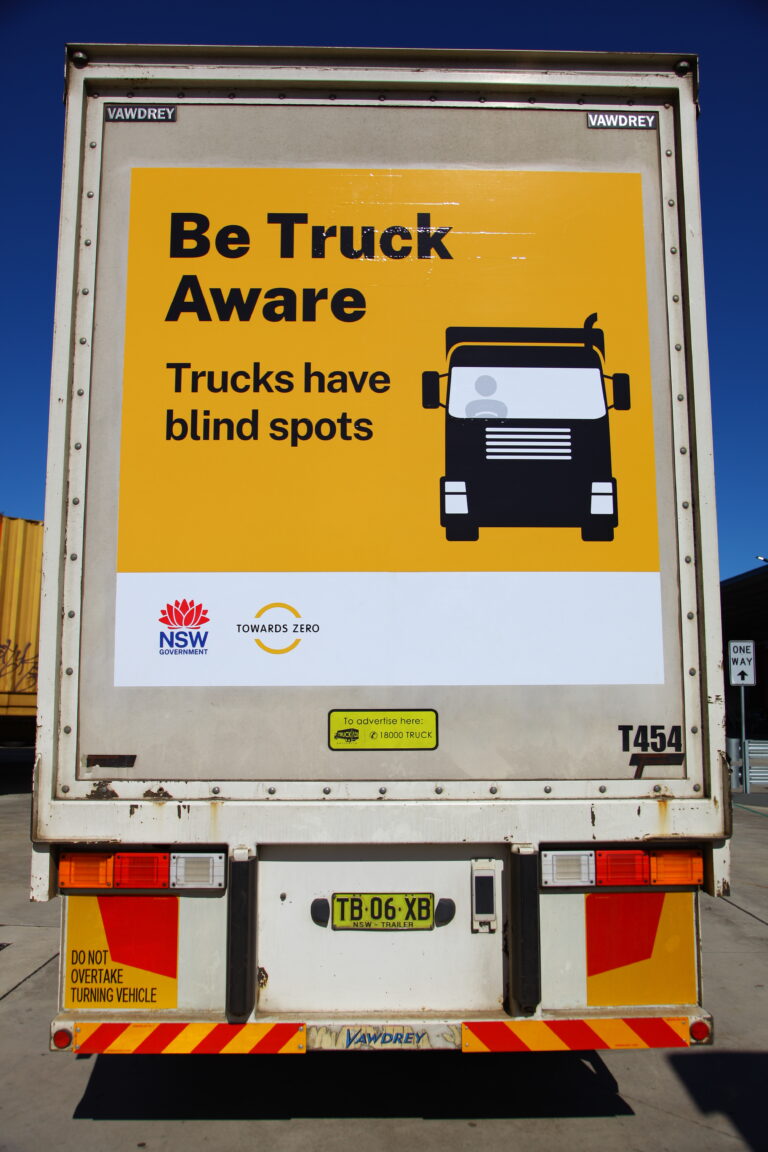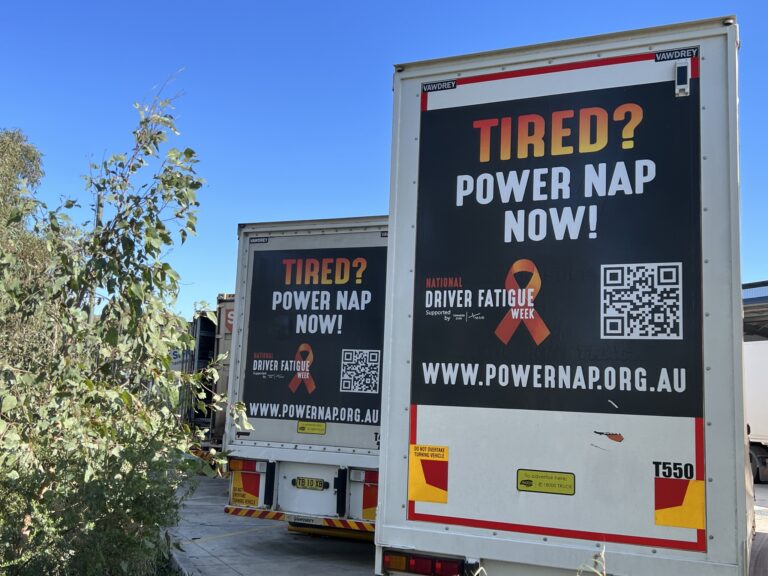Therein lies the paradox – on the one hand, the NSWCfRS campaign is necessary to educate drivers, riders and pedestrians about the behaviour of trucks on the road, while on the other hand, multiple research across three continents tells us that 98% of those around trucks are aware of the advertising on the trucks. Anecdotal evidence supports this too – who hasn’t been sitting in traffic behind one of Linfox’s ubiquitous “You Are Passing Another Fox” logos? Whenever we’ve asked people over the years whether they’ve had this experience, without exception, the answer has always been “yes!”.
Clearly, trucks are intrinsic to our daily life, and research tells us we see them, but we don’t drill any deeper than that, hence why NSWCfRS needs the campaign to explain a bit more about how they actually operate. So a better way to understand how important they are is to reverse the situation – what would we do without trucks? The polar vortex devastating North America and massive flooding in North Queensland are weather episodes where truck operations are disrupted. What are the consequences of this disruption? What if we didn’t have any trucks? Pride Transport, via Freightwaves, wondered the same thing and summarised the North American situation neatly in this infographic.
It’s astounding just how quickly our society unravels. In just a week we’d be out of food, fuel and cash, and public transport. Another week and we’re out of clean water. After a month, total disablement of our society. The situation would be similar in Australia, if not worse given our low population density. According to the Australian Trucking Association (ATA), Australia has the fifth largest freight task in the world, with 50,000 operators contributing $40 billion of revenue to the economy each year. It’s a massive part of our country.
Just how important are trucks? The expression “If you’ve got it, a truck brought it” could not be more apt.




